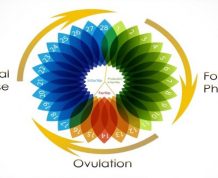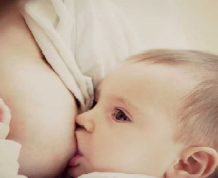Triphasic means that there are three different phases in your chart. So what we’re looking for is three different temperature shifts in your basal body temperature, your a.k.a, BBT. Claim Your 20 Free Pregnancy Tests – Click Here
So this is actually one of my charts and this is for my third baby, and you’ll notice that there are three different temperature shifts. The first temperature shift is a pre-ovulation and then the second, you’ll see this rise right here-this occurs after ovulation so it’s post ovulation. And then the third, you’ll see another rise right here and this will occur typically around 7-10 DPO (days past ovulation). Mine actually occurred right at 10 or 11 DPO. Actually mischarting a temperature one morning. So on here it shows at 11, but it could’ve been at 10. Each time the temperature shift rises, it’s going to stay up.
The rises caused by progesterone surge and the thermal shift will stay in place until the placenta can take our hormone production and in the meantime the progesterone hormone will remain higher than usual.
If you don’t have a triphasic chart pattern, don’t worry because it doesn’t mean that you’re *not* pregnant nor does it mean that you have to have one to be pregnant. It’s just more commonly found in charts that resulted in pregnancy.
Learning how to track ovulation is so important to pinpointing the timing for sex to help you get pregnant, I cannot stress it enough.
Until next time ladies. See you later, bye!









Comments